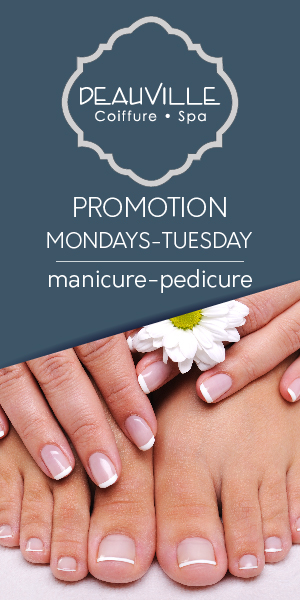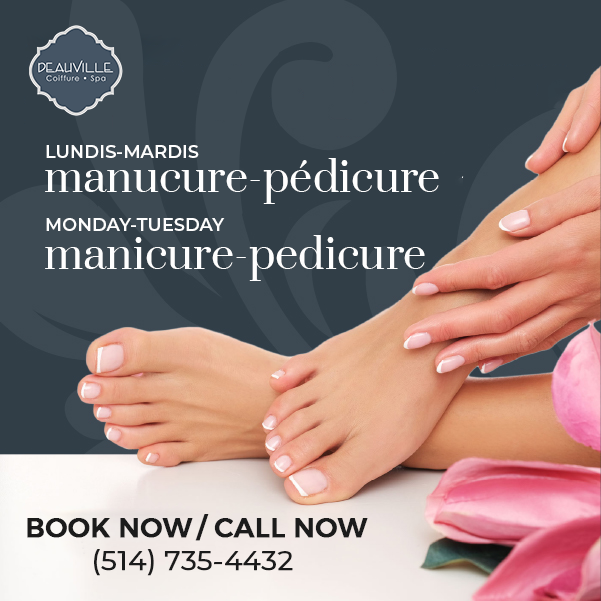Keratin smoothing treatments can bring numerous advantages to your hair. They can reduce frizz, straighten, and boost shine – while protecting against heat damage.
Before considering getting a keratin treatment, consult with a stylist who specializes in this field – they will know if keratin treatments are right for you and offer tips to extend its effectiveness.
Benefits
Keratin treatments can be great at reducing frizz and making hair easier to manage, especially for people with curly or wavy locks. Furthermore, these treatments protect the locks against heat damage while making the locks appear healthier and shinier than ever. Unfortunately, however, these treatments aren’t for everyone; they can be expensive and you must follow all instructions from your stylist regarding aftercare – plus the treatment may cause eye and nose irritation as well as not be safe during pregnancy.
Many keratin smoothing treatments contain formaldehyde, which can be harmful if inhaled. Therefore, it’s essential that salons utilize safe formulas. Also, waiting 3-4 days between washing your hair will allow the keratin treatment to fully bond to it; using sulfate-free shampoo and conditioner may help extend its results and maintain their effects.
Alternatives
Keratin treatments may provide the solution to achieve smooth, frizz-free locks; however, there are potential health risks involved as they give off formaldehyde that is toxic. There are, however, natural options that provide equally stunning results without such risks.
These hair smoothing products feature gentle ingredients without harsh chemicals that are suitable for all hair types and can even help strengthen locks while restoring their luster. The top products will even strengthen locks to make sure you retain a full head of locks!
One of the most sought-after alternatives to keratin treatment is ANSWR’s Smooth & Shine line, available at many home salons across Canada. These products are safe for color-treated hair and help prevent fading by locking in pigments; additionally, they protect against heat damage, making it suitable for those with naturally curly locks as well. What’s more, being sulfate-free makes these an ideal solution that won’t dry out your locks or cause any other form of damage.
Preparation
Keratin treatments can give your locks the sleek texture you desire and lengthening the gap between salon appointments, saving both time and money over time. Furthermore, these treatments help protect against heat damage as well as environmental pollution that could otherwise wreak havoc with your locks.
To achieve optimal results from keratin treatment, it’s vital to prepare your hair properly prior to beginning. First, use a clarifying shampoo on damp hair to wash out any buildup or residue and towel dry until at least 80% dry.
Finally, apply keratin treatment in small sections, combing through them for even coverage and blow drying and flat ironing in smaller sections to lock it into place. The whole process should take two to four hours during which you should not use any products containing sulfates or sodium as this will remove its effect on your keratin treatment and lessen its overall efficacy.
Aftercare
Keratin hair treatments can help your locks achieve smoothness and reduce frizz while adding beautiful shine and luster. Results of the treatment typically last several weeks or months depending on individual circumstances; it is vital that you follow any aftercare instructions prescribed as part of the treatment and also refrain from using harsh treatments that damage keratin levels in your locks to maintain its integrity and stay protected against future damages to its structure.
After receiving a keratin treatment, it is best to refrain from shampooing your hair for at least 72 hours in order to allow the protein to bond to the hair shaft and form bonds between each strand of keratin and each individual strand of yours. Use only mild, sulfate-free shampoo as this will protect the integrity of the treatment and ensure no stripping of the keratin occurs. In addition, tie back or use of hair accessories such as headbands should also be avoided in order to keep any potential damages to be avoided and keep any dents or creases free of damage or cracking that might occur after treatment.



